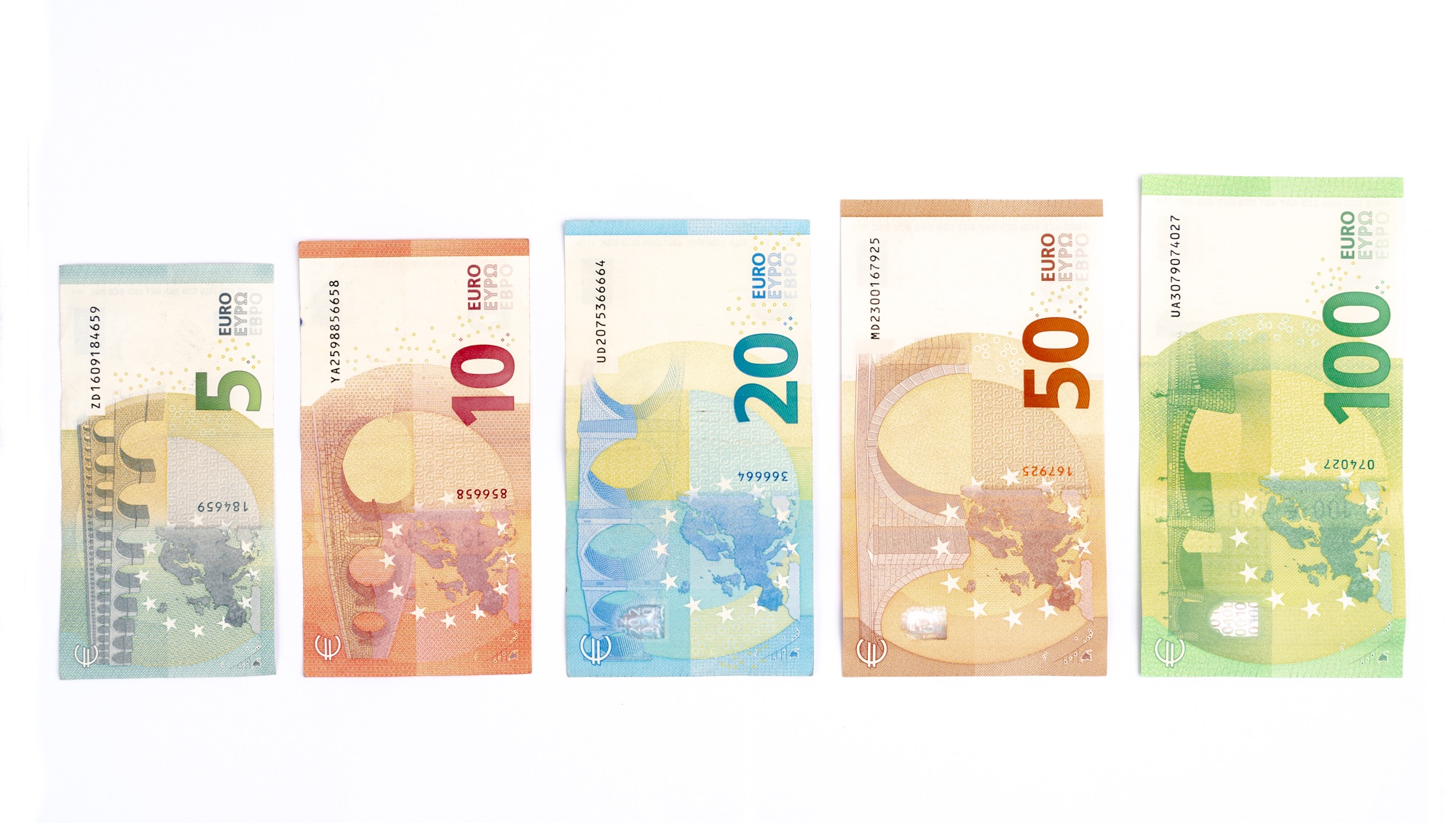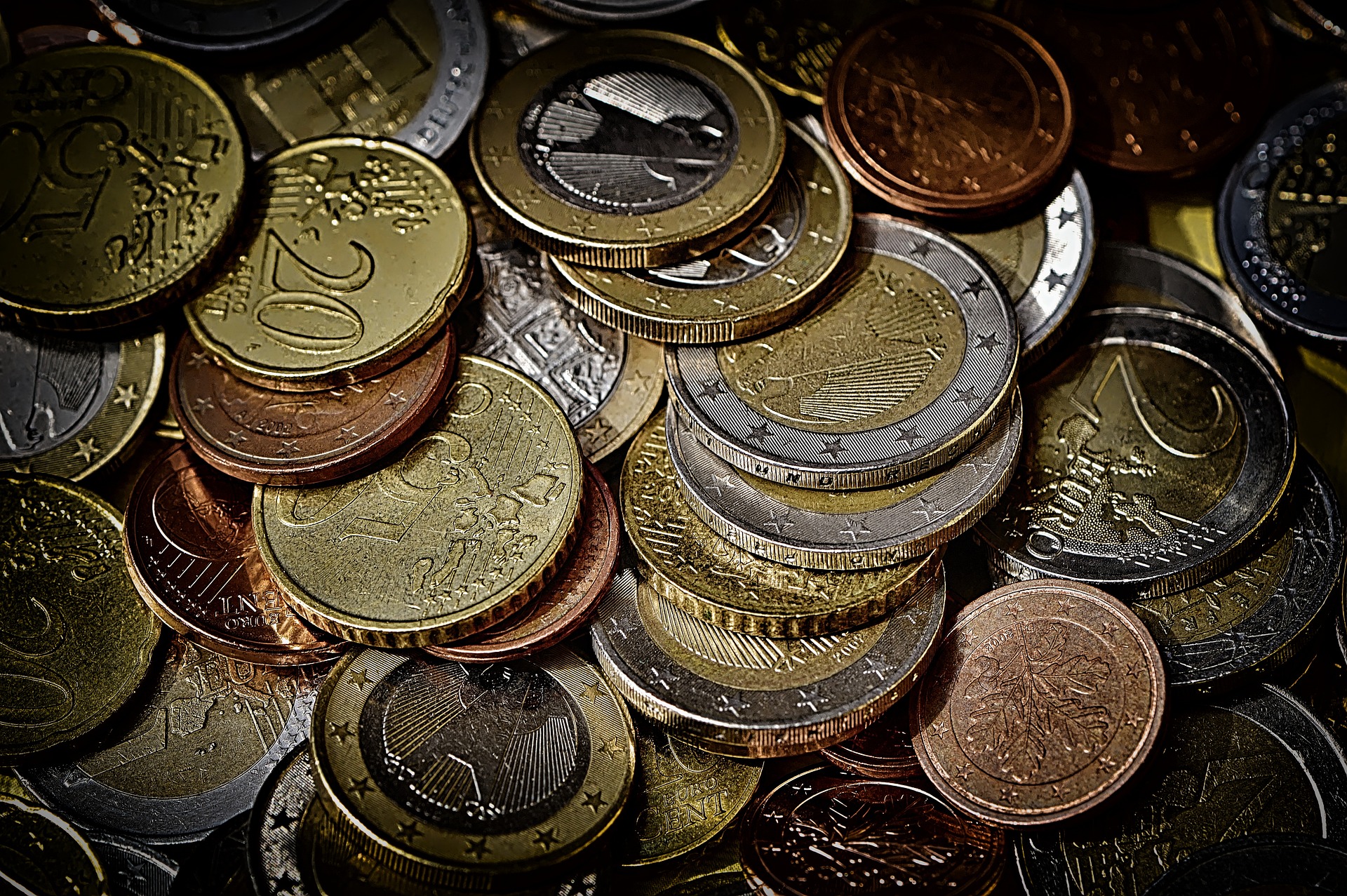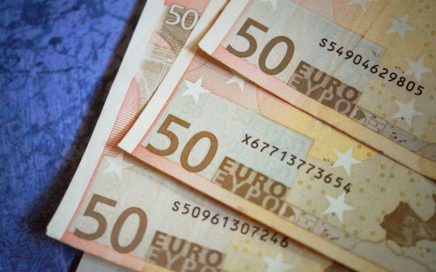Currency in Belgium
A Travel Money Guide to Belgium
Belgium has made a huge impact on the gastronomical scene, from chocolate and beers to Belgian fries and waffles. But there aren’t just gourmet delights to savour.
This little country is home to beautiful castles and forts, famous battlefields, charming towns like Ghent and Bruges, and the unofficial capital of the European Union: Brussels.
What currency is used in Belgium?
The euro is used in Belgium and has been the official currency ever since it replaced the Belgian franc on 1 January 1999. Belgium joins 19 other countries in the eurozone – the region that uses the euro as legal tender.
What is the best currency to take to Belgium?
There is no doubt that it is best to take euros (EUR) to Belgium. While you can always exchange your Australian dollars (AUD) or US dollars (USD) once you arrive, foreign currency is generally not accepted in supermarkets, transport or accommodation.
Belgium Money
First things first, there’s technically no such thing as a ‘Belgian’ euro.
The euro uses a symbol you’re likely to recognise: €. Its currency code, which you can type into Google to find the best exchange rate, is EUR.
Banknote Denominations
Euro banknotes come in denominations of €5, €10, €20, €50, €100, €200, and €500.
The designs are the same throughout the eurozone with different sizes and colours denoting the different bill values.


Coin Denominations
While Belgium mints its own coins with a national design on one side, these coins can be used everywhere in the eurozone.
And vice versa: any coins minted with national designs from other eurozone countries can be used in Belgium.
Belgian euro coins come in the standard eight denominations: one cent, two cents, five cents, ten cents, 20 cents, 50 cents, €1, and €2.
The ‘common’ side of the coin used across the eurozone features the numerical value of the coin and a map of the European Union.
On the reverse ‘national’ side, all coins bear the same design – although this design has been modified three times since Belgium adopted the euro. The first and second designs feature King Albert II while the third shows King Philippe.

Other useful information that might help you understand the money in Belgium include:
- You’re unlikely to come across a €500 note but it’s a good idea to avoid even the €100 and €200 bills as some merchants are reluctant to accept these higher denominations.
- In Belgium – as in many other countries in the eurozone – prices are commonly written with the numerical values before the symbol and decimal commas instead of full stops (for example: 10,50€ instead of €10.50).
Using Your Bank Card in Belgium
Belgium is a technological hub, so you’ll rarely run into trouble using your debit or credit card, either for ATM withdrawals or direct payments. In fact, more than 90% of all Belgian transactions are made by card. Some of the best travel money cards include debit, credit and prepaid cards.
Just make sure you’re informed about the costs you may incur from your own bank by using the card overseas.
Major restaurants, stores, and hotels all accept the major plastic payment providers, like Visa, Mastercard, American Express, Cirrus, and Maestro. Smaller businesses may be a little more hesitant so it’s still a good idea to have some cash on hand.
Debit Cards
Debit cards can be used across Belgium. Just beware, your home bank may impose high rates and fees if you use your card overseas. These fees might cover ATM withdrawals, overseas transactions, and currency conversions.
One of the best travel money cards for Belgium is the Wise Travel Card, which doesn’t have purchase, load, or reload fees and offers the same exchange rates as those you see on Google or XE.com.


Credit Cards
Just as with bank cards, credit cards are commonly accepted in most Belgian businesses – you’ll have slightly more luck with a Visa or Mastercard card than with American Express or Diners Club.
Now it’s time to be savvy. You may incur fees by using your credit card overseas so research before you head off. These could include cash advance fees for ATM withdrawals, international transaction fees, and overseas ATM withdrawal charges.
Our recommendation is the 28 Degrees credit card option, which offers lower fees and charges than most.
Prepaid Travel Cards
Prepaid travel cards work by letting you load up in the currency of your choice and lock in the exchange rate.
Though you avoid some fees for spending in a foreign currency, you might end up squandering those savings on other charges, such as reload fees and inactivity fees. Travel cards also usually apply ATM withdrawal fees.
Not only this, it can often take days for your currency to actually load onto your card, leaving you potentially cash-strapped.
If you still like the idea of locking in the exchange rate, both the Wise and Revolut debit cards come with currency loading options.

How to Exchange Currency in Belgium
When you’re rushing around trying to organise your trip, you’ll be tempted to leave your currency exchange till you arrive in Belgium.
If you choose this option, you have three main ways of securing currency once you land.

ATMs in Belgium
ATMs are everywhere in Belgium, particularly in larger towns and cities like Brussels and Antwerp, so you’ll have no problem finding one when you need to withdraw cash.
Even better, ATM providers rarely charge fees for ATM use. Just remember, you may still have to pay fees to your home bank for using an ATM overseas and for currency conversions.
Some ATMs give you the option to be charged in euros or your home currency. If this happens, always choose euros to avoid the often atrocious exchange rate.
Currency Exchange Outlets
As a major tourist destination, Belgium has plenty of exchange bureaus, particularly in tourist hotspots like Brussels and Antwerp.
Currency exchange outlets that tend to offer better rates include DME Change and GFI Gold and Forex International.
Don’t be fooled by exchange bureaus offering ‘zero fees’ or ‘no commission’. They still need to make a profit so they’ll inevitably hide the charges in the exchange rate.
Airports and hotels have a monopoly on the tourist market and tend to exploit this by offering higher charges. If you can, avoid these bureaus in favour of currency exchange services in the cities.
Finally, when you exchange currency, check the notes you’re given. Some merchants refuse notes with even the slightest damage.


Travellers Cheques
While travellers cheques were once a handy currency exchange option, they’re going the way of the dodo.
Very few local businesses accept travellers cheques as direct payment and Belgian banks tend to charge a commission between 1% and 4% for exchanges. A far better option is to use currency exchanges or ATM withdrawals.
Buying Euros Before You Go
If you’re looking for value, add ‘buy currency’ to your travel planning list and secure your euro travel money before you leave home. This also frees up your time to explore Belgium.
There are three ways to buy euros from home:
- Buying euros online to be delivered or for you to pick up in-store.
- Swapping AUD for EUR at a currency exchange store.
- Buying euros at the airport.
Since Australian airport exchange bureaus are among the most expensive in the world, it’s not a good idea to leave your currency exchange until the last minute.
Instead, get the most value by jumping online. Online currency exchange retailers like S Money can offer the real mid-market foreign exchange rates you see on Google or XE.
If you still prefer to exchange currency at a bricks-and-mortar bureau, head to one in the CBD as suburban outlets don’t usually offer the best deals.
The Average Cost to Travel Around Belgium
To get the most out of your time in Belgium, you’ll want to create a budget and make sure your savings stretch as far as possible.
To give you an idea of a reasonable budget, we’ve listed the average prices of some common items and experiences you’ll have while in Belgium:

€60-140
A room in a guesthouse

€40-50
Two-course meal at a nice restaurant

€2-4
A Belgium beer

€20–30 per day
Car rental

€5–15
Museum entry
Leftover Euros at the End of Your Trip? What to Do with That Unused Cash

It’s annoying returning from a trip with a wad of foreign cash but there are plenty of ways to dispose of these unwanted coins and notes:
- Your airline might distribute envelopes for currency collection to donate to charities (check out Qantas’s Change for Good program with UNICEF).
- Australian international airports often have collection boxes for unwanted currency, which is donated to charity.
- Drop off your currency at any branch of the Commonwealth Bank of Australia, which then gives every cent to UNICEF.
- Change your currency either at the airport or, better yet, with a money changer in the city.
- Why not hold onto those euros for a friend just heading off? It’ll be a lovely surprise and going away gift for them!
- Keep your money for later trips to Europe. The euro is the official legal currency of 19 eurozone countries and accepted by many more.
7 Travel Money Tips for Trips to Belgium
Many tourists waste money through not finding the best ways to exchange their currency.
To help you avoid this predicament, here are a few practical tips to help you get the most bang for your … euro:
- Avoid the airports! Currency exchange bureaus at the airport charge epic fees. If you like a good deal – or even just a reasonable one – avoid these at all costs.
- Only carry what you need – It can be expensive to change euros back into AUDs so only take what you think you’ll spend. Not only this – nobody likes to tuck wads of notes into their socks and toiletries for safekeeping on longer journeys.
- Ask for a mix of denominations – Make it easy on yourself and the vendors by getting a mix of smaller notes.
- Check your exchange rate – Google and XE.com are the standard market exchange rate but you’ll notice how wildly bank and currency exchanges can vary their rates. Try to get as close to the market rate as possible.
- Look out for hidden fees – The bane of our (financial) existence, hidden fees will often make a huge difference to the cost of your holiday. Be particularly wary of hidden bank fees for overseas card usage.
- The right card makes all the difference – Having a card is convenient but it can take a hit to the bank account if you have the wrong card. Research and arm yourself with the best card for travel for big savings.
- Mix it up! Many travellers only use their credit card while some only think about cash. But the best option depends on your situation. Save the card for huge purchases such as hotels and car hire and reserve your cash for smaller wins – transport, attractions, or meals out.

Learn more about the Euro Currency Exchange
Ready to buy some euros at a great value for your trip? Use our AUD to EUR currency converter to find out how much you’ll get for your Aussie dollars today.
The Latest Euro Dollar news

2024 AUD EUR Forecasts
The Australian dollar is facing a mixed outlook against the Euro in 2024. The Australian dollar (AUD) has struggled against the Euro (EUR) in recent months. The EUR, which is the official currency of 19 of the 27 European Union (EU) member countries, peaked above €65.6¢ in January 2023. But it then saw a consistent decline, falling below the €60¢ barrier in the second half of the year. There are mixed forces at play which affect the value of the Euro, which covers a diverse area including the major economies of Germany, France and Italy

The Best European Travel Insurance for Australians
An adventure around Europe is a rite of passage among Australians. While there’s plenty to look forward to, it’s also important to prepare for unplanned events. That’s where getting travel insurance for Europe can help. A comprehensive policy makes sure you receive the medical treatment you need in an emergency and reimburses you for lost, stolen, or damaged personal belongings. These days, comparing international travel insurance policies can also protect you from unexpected costs or emergencies arising from COVID-19.

2023 AUD EUR Dollar Forecasts
This article looks at what the banks are predicting for the AUD to EUR exchange rate over the long term in 2023. The 2024 AUD EUR Forecasts are out now With most of 2023 out of the way, attention turns to 2024. Now that most economists have released their predictions for the AUD EUR exchange rate, head here to find out the most up to date forecasts:
